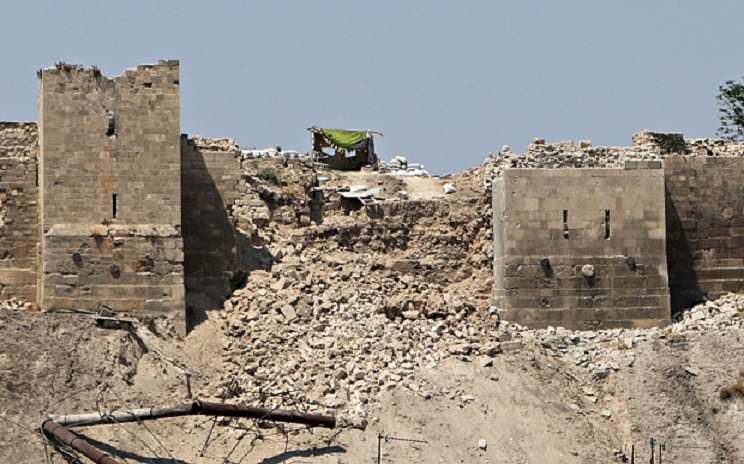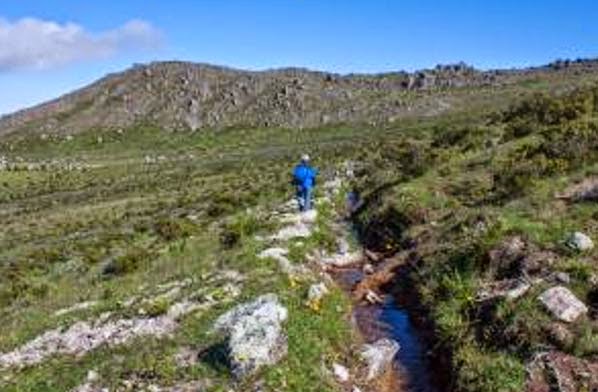Sew La Ti Embroidery [Search results for city]
Shocking before and after images reveal how giant tornado ripped apart Joplin's city landmarks

Heritage: Taxila, the lost civilisation

Middle East: UNESCO calls for protection of Yemen’s cultural heritage

Promo-pavilion for the city of Żory
Heritage: Silver rush eats away at 2,000-year-old Indo-Scythian city in Pakistan

Near East: Ephesus added to UNESCO World Heritage list

Near East: Turkish villager issued permit to display Graeco-Roman artefacts in her garden

America's deadliest tornado for 64 years: Terrifying twister cuts six-mile swathe through a Missouri town, leaving up to 116 dead
Fosters and FXFOWLE have won award World Architecture News
Near East: Triumphal arch of ancient city to return to former glory

Near East: Illegal excavations damage ancient city
Near East: Syrian forces repel ISIS advance on Palmyra

Toxic Vision Fashion Show

Near East: ISIS sets eyes on Syrian site of Palmyra

India: Lothal, 4,400-year-old `City of Dead', being killed slowly

Near East: Islamic State in control of Palmyra ruins
Near East: UNESCO slams Israeli digs in East Jerusalem

The New York City Heavy Music Coallition

Near East: Blast in Aleppo does major damage to citadel wall

Natural Heritage: Pre-Inca canals may solve Lima's water crisis





